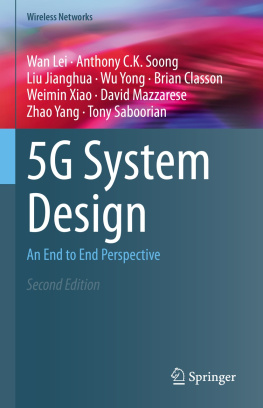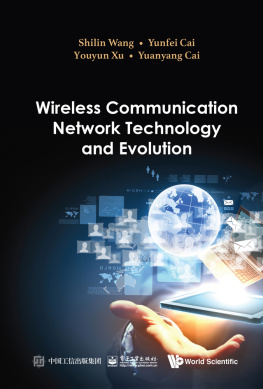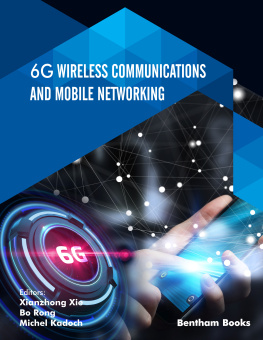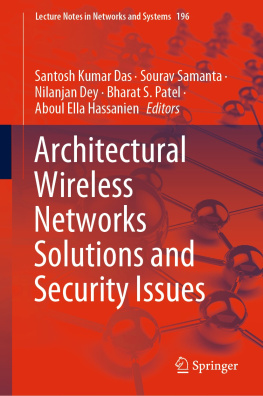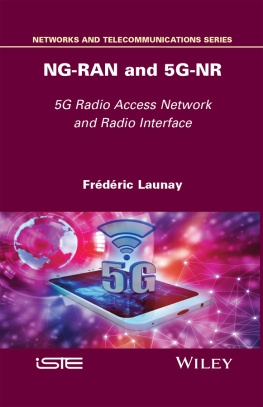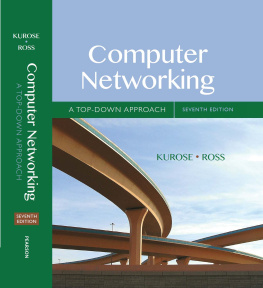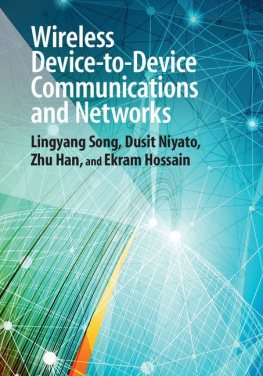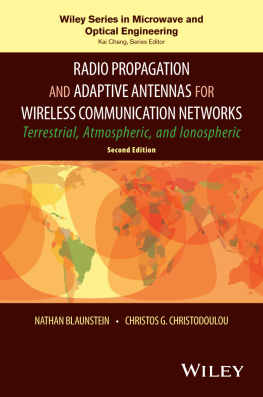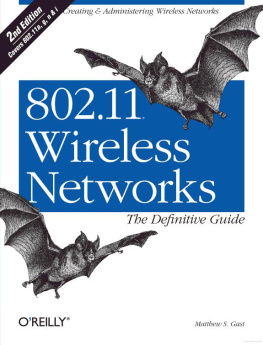Wan Lei - 5G System Design: An End to End Perspective (Wireless Networks)
Here you can read online Wan Lei - 5G System Design: An End to End Perspective (Wireless Networks) full text of the book (entire story) in english for free. Download pdf and epub, get meaning, cover and reviews about this ebook. year: 2021, publisher: Springer, genre: Romance novel. Description of the work, (preface) as well as reviews are available. Best literature library LitArk.com created for fans of good reading and offers a wide selection of genres:
Romance novel
Science fiction
Adventure
Detective
Science
History
Home and family
Prose
Art
Politics
Computer
Non-fiction
Religion
Business
Children
Humor
Choose a favorite category and find really read worthwhile books. Enjoy immersion in the world of imagination, feel the emotions of the characters or learn something new for yourself, make an fascinating discovery.
- Book:5G System Design: An End to End Perspective (Wireless Networks)
- Author:
- Publisher:Springer
- Genre:
- Year:2021
- Rating:4 / 5
- Favourites:Add to favourites
- Your mark:
5G System Design: An End to End Perspective (Wireless Networks): summary, description and annotation
We offer to read an annotation, description, summary or preface (depends on what the author of the book "5G System Design: An End to End Perspective (Wireless Networks)" wrote himself). If you haven't found the necessary information about the book — write in the comments, we will try to find it.
This book presents a detailed pedagogical description of the 5G commercial wireless communication system design, from an end to end perspective, by those that were intimate with its development. The exposition only assumes that the reader is passingly familiar with LTE and builds upon that knowledge. By comparing and contrasting NR with LTE, it allows for quick mastering of 5G. As such it gives concise and highly accessible description of the key technologies in the 5G physical layer, radio access network layer protocols and procedures, how the 5G core and EPC is integrated into the radio access network, how virtualization, slicing and edge computer will fundamentally change the way we interact with the network, as well as 5G spectrum issues.
The 2nd edition of this book significantly enhances and updates the first edition by adding 5G security and Release-16 developments. Loosely speaking, 5G Release-15 can be characterized as being optimized for the cellular carrier eMBB service while 5G Release-16 is the beginning of the optimization of 5G for the vertical industries. It mainly focused on the support of the vehicular vertical and Industrial Internet of Things. As such, we have significantly altered the first edition to cover the key features standardized in Release-16 including: URLLC, V2X, IIoT, enhanced MIMO, unlicensed access, positioning, power savings and IAB. On the network side, detailed discussion covers NR security as well as the newly standardized access traffic steering, non 3GPP access switching and splitting features, non 3GPP access network support and private networks.
Engineers, computer scientists and professionals from those with a passing knowledge of 4G LTE to experts in the field will find this book to be a valuable asset. They will gain a comprehensive understanding of the end to end 5G commercial wireless system. Advanced-level students and researchers studying and working in communication engineering, who want to gain an understanding of the 5G system (as well as methodologies to evaluate features and technologies intended to supplement 5G) will also find this book to be a valuable resource.
Wan Lei: author's other books
Who wrote 5G System Design: An End to End Perspective (Wireless Networks)? Find out the surname, the name of the author of the book and a list of all author's works by series.

